
Alpine National Park is located in the state of Victoria, Australia. It covers a vast area of the Victorian Alps, stretching from the outskirts of Melbourne to the New South Wales border. The park is renowned for its stunning mountain landscapes, diverse flora and fauna, and recreational opportunities such as hiking, skiing, and camping.

Alpine National Park was established in 1989, making it one of Victoria's oldest national parks. It was created through the amalgamation of several existing reserves and state forests to protect the unique alpine ecosystems and natural beauty of the region.
The idea of protecting the alpine regions of Victoria dates back to the early 20th century, with various reserves and parks being established over time. However, Alpine National Park in its current form, consolidating multiple areas into one comprehensive protected area, was officially established in 1989. This consolidation aimed to better manage and preserve the diverse ecosystems, wildlife, and recreational opportunities found within the Victorian Alps. Since then, the park has become a significant destination for nature lovers, hikers, skiers, and outdoor enthusiasts alike.

Alpine National Park was not "invented" by a single individual. Instead, it was established through the efforts of various government agencies, conservationists, and stakeholders in the state of Victoria, Australia. The process involved the amalgamation of existing reserves and state forests into one cohesive protected area, which was officially declared as Alpine National Park in 1989. The creation of the park reflects a collective effort to preserve the unique alpine ecosystems and natural beauty of the Victorian Alps for future generations.
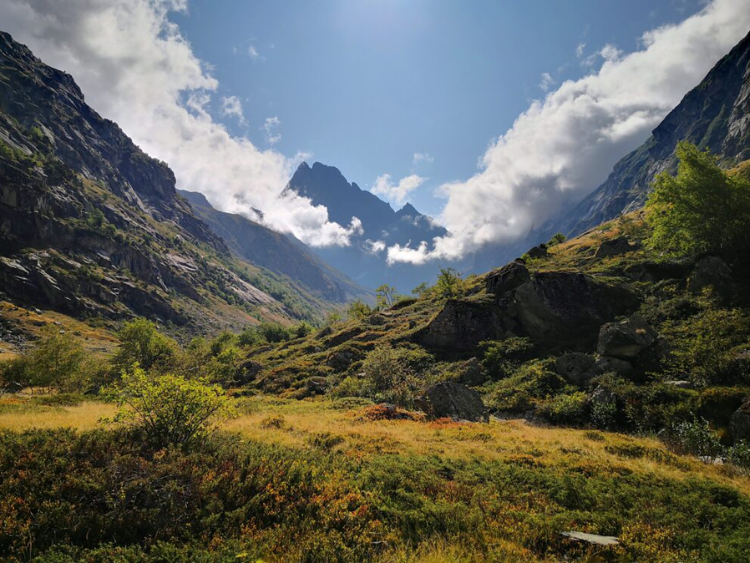
Alpine National Park is named for its location in the Australian Alps, a mountain range that spans across southeastern Australia, including parts of Victoria, New South Wales, and the Australian Capital Territory. The term "alpine" refers to high mountainous regions characterized by cold climates and alpine vegetation.
The name "Alpine National Park" reflects the park's location within the Australian Alps and highlights its significant alpine landscapes, including rugged mountains, snow-capped peaks, alpine meadows, and unique flora and fauna adapted to the harsh alpine environment. It distinguishes the park from other national parks in Victoria and emphasizes its focus on protecting and preserving the alpine ecosystems found within its boundaries.
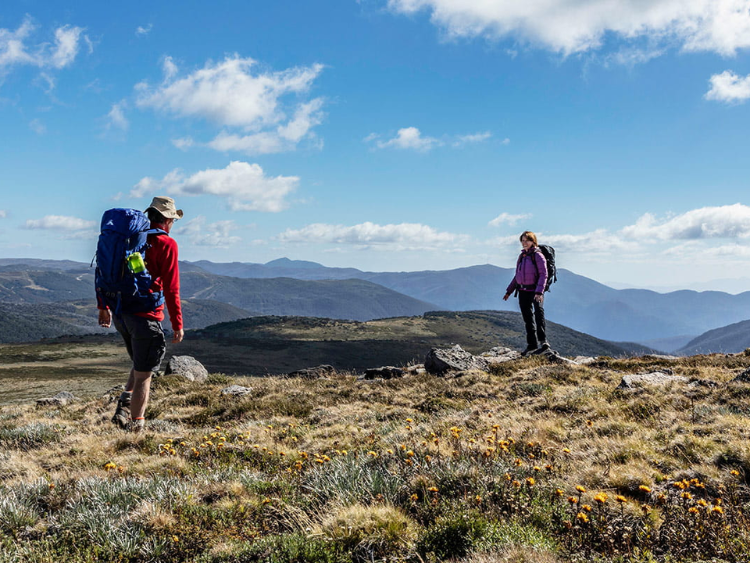
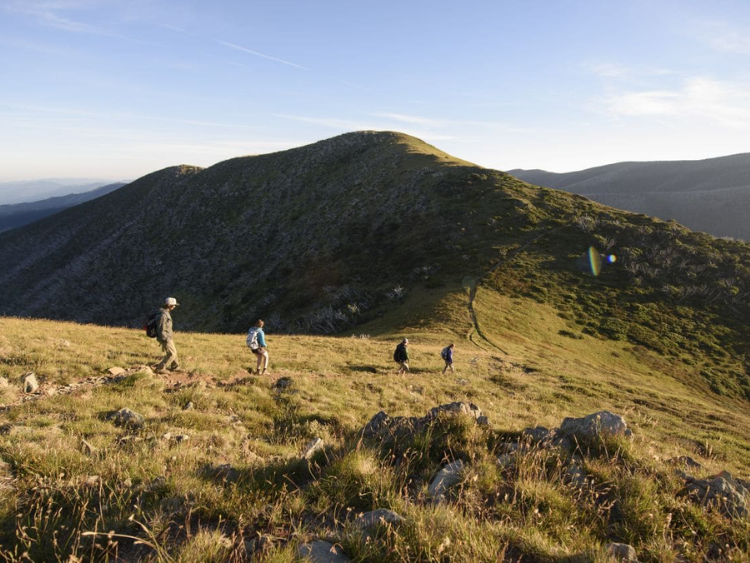

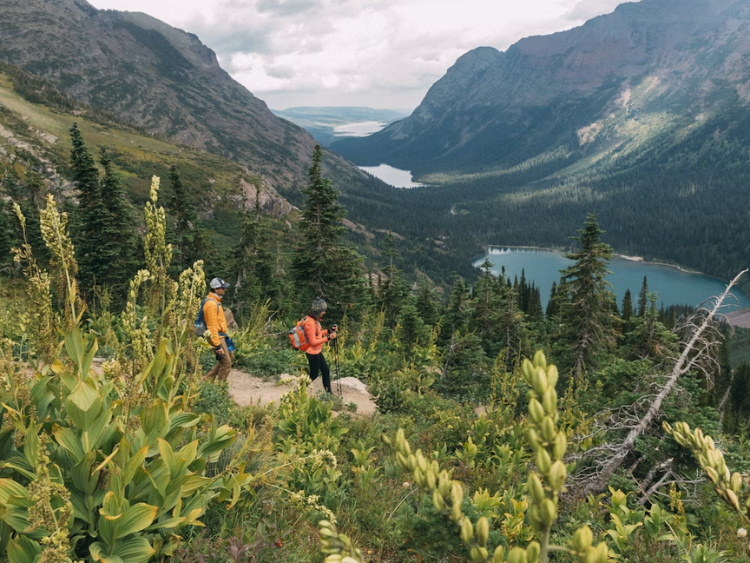
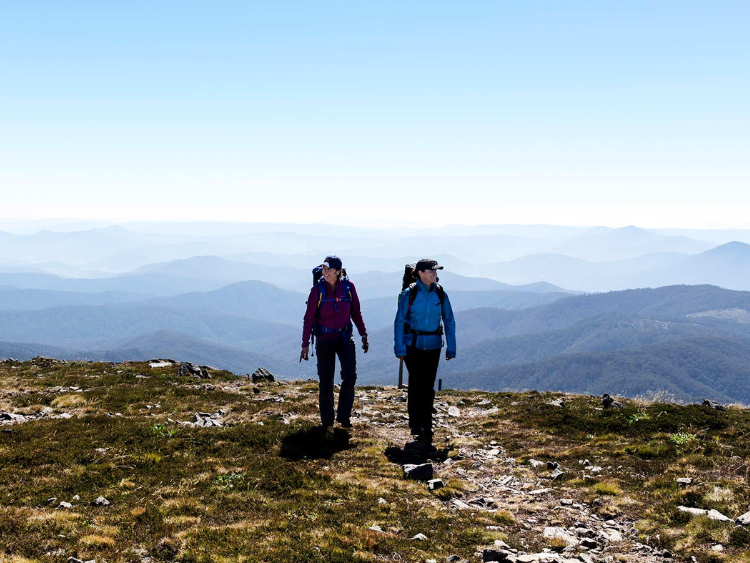
Alpine National Park offers a plethora of opportunities for hiking enthusiasts, making it an ideal destination for those who love exploring the great outdoors. Here are some reasons why it's particularly appealing for hikers:
1. **Diverse Terrain**: The park encompasses a wide range of landscapes, including rugged mountains, alpine meadows, dense forests, and pristine waterways. This diversity provides hikers with a variety of trails to explore, catering to different skill levels and preferences.
2. **Scenic Beauty**: Hiking in Alpine National Park offers breathtaking views of snow-capped peaks, expansive valleys, picturesque lakes, and cascading waterfalls. The stunning scenery provides a rewarding backdrop for outdoor adventures and photography.
3. **Abundant Wildlife**: The park is home to a rich diversity of wildlife, including kangaroos, wallabies, wombats, echidnas, and various bird species. Hikers have the opportunity to observe these animals in their natural habitat while exploring the trails.
4. **Remote Wilderness**: While the park is easily accessible from nearby towns and cities, it also offers opportunities for more remote and wilderness hiking experiences. Hikers can venture into the backcountry, where they may encounter solitude and a sense of adventure.
5. **Trail Options**: Alpine National Park boasts an extensive network of hiking trails, ranging from short, easy walks to multi-day backpacking routes. Whether you're looking for a leisurely stroll or a challenging trek, there are options available for every level of hiker.
6. **Seasonal Variety**: The park offers hiking opportunities year-round, with each season bringing its own unique beauty and experiences. In the summer months, hikers can enjoy wildflower blooms and warmer temperatures, while the winter season offers opportunities for snowshoeing and cross-country skiing.
Overall, Alpine National Park's combination of stunning scenery, diverse terrain, abundant wildlife, and varied trail options make it an appealing destination for hiking lovers seeking outdoor adventure and exploration.


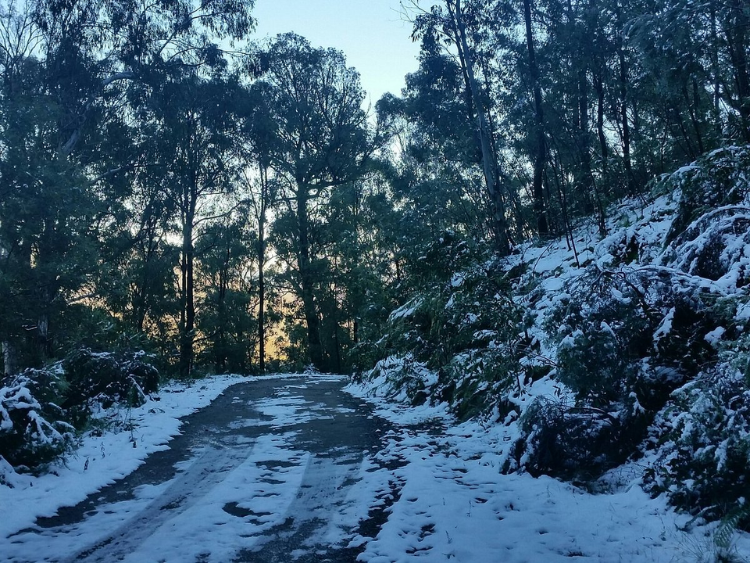
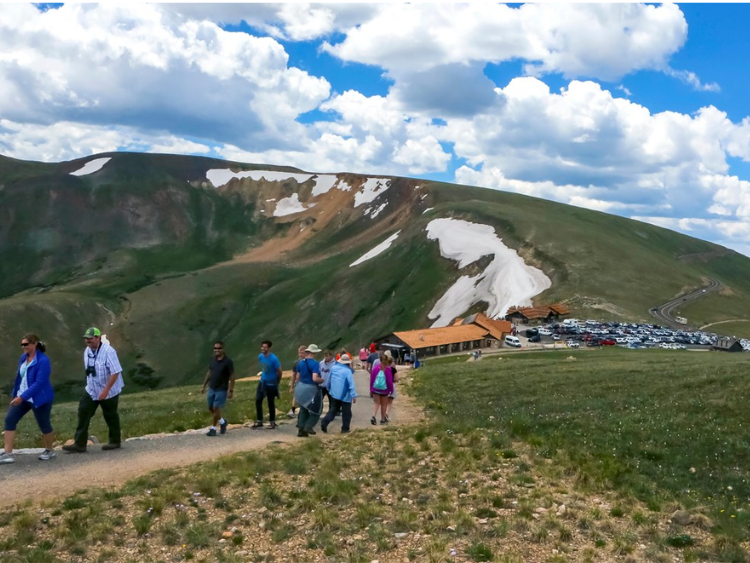
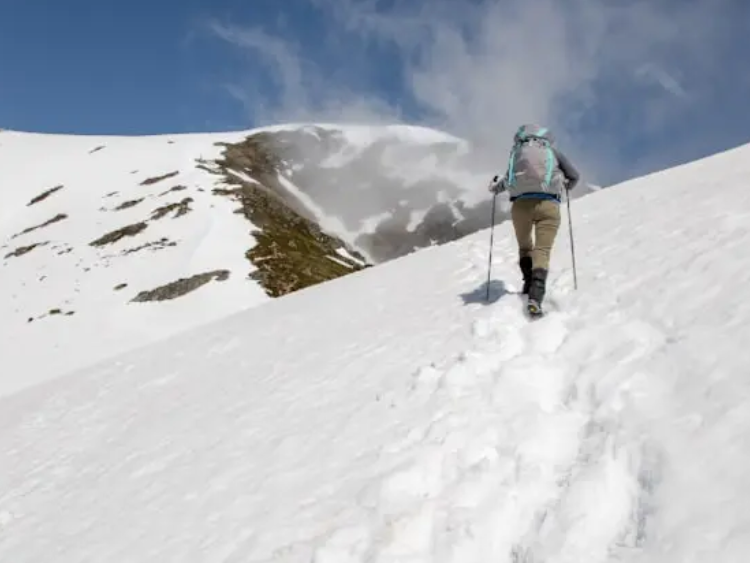
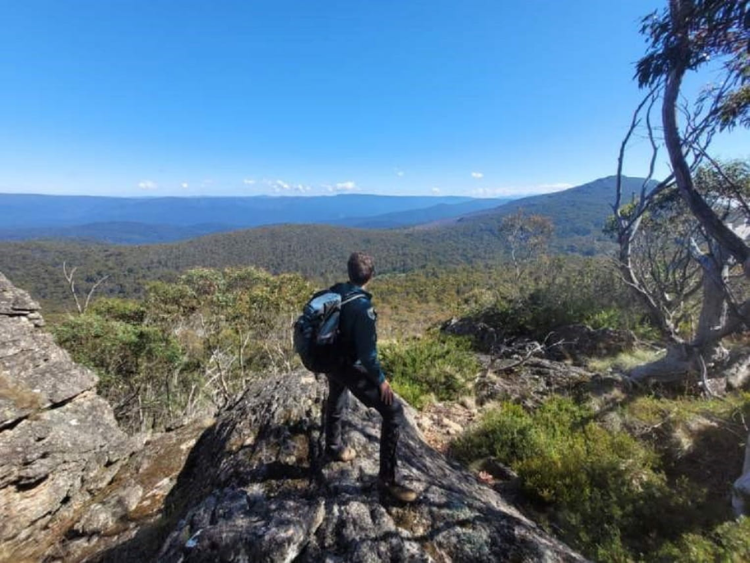
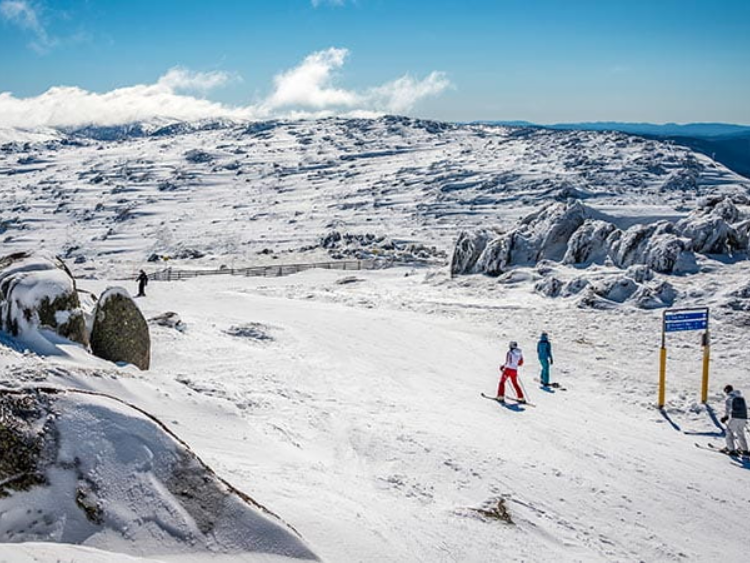
While Alpine National Park offers hiking opportunities throughout the year, the best time for hiking can vary depending on personal preferences and the specific trails you plan to explore. Here's a breakdown of hiking conditions during different seasons:
1. **Spring (September to November)**:
- Spring is a popular time for hiking in Alpine National Park due to mild temperatures and blooming wildflowers.
- Trails can be muddy in some areas due to melting snow and spring rains, so waterproof footwear is recommended.
- Waterfalls are often at their peak flow during this time, providing spectacular scenery along many trails.
2. **Summer (December to February)**:
- Summer offers warm and sunny weather, making it an excellent time for high-altitude hiking and enjoying alpine vistas.
- Higher elevation trails may be snow-free, allowing access to more remote areas.
- It's important to carry plenty of water and sun protection, as temperatures can rise during the day.
3. **Autumn (March to May)**:
- Autumn brings cooler temperatures and vibrant foliage, particularly in late April and early May.
- Trails may be less crowded compared to the summer months, offering a quieter hiking experience.
- It's advisable to check trail conditions, as some higher elevation trails may start to accumulate snow in late autumn.
4. **Winter (June to August)**:
- Winter hiking in Alpine National Park can be rewarding but requires proper preparation for cold temperatures and snow.
- Snowshoeing and cross-country skiing are popular activities on designated trails, providing a unique way to experience the park's winter beauty.
- Some trails may be inaccessible or hazardous due to snow and ice, so it's essential to check trail conditions and carry appropriate gear.